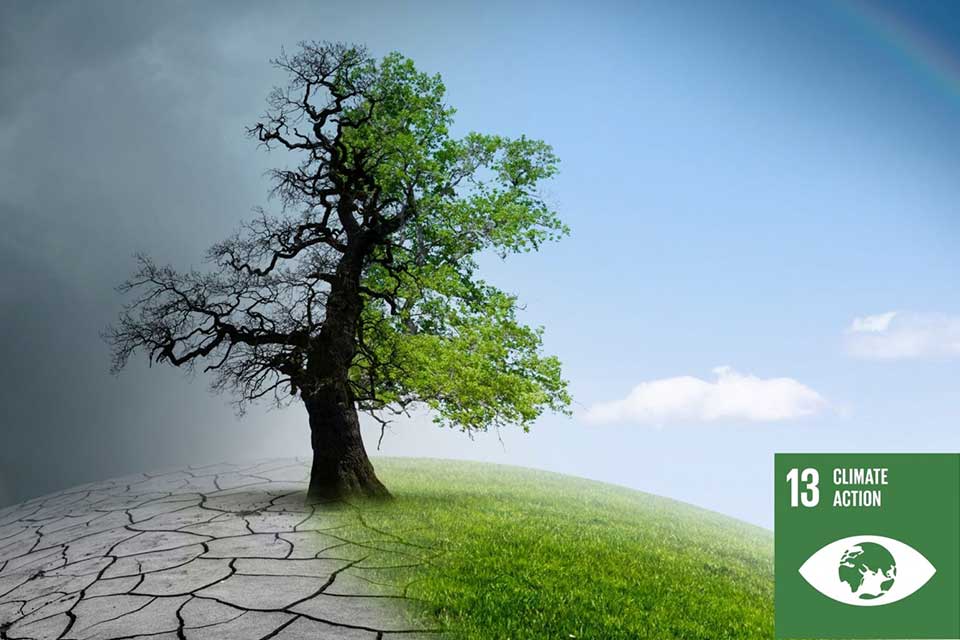Similar to other vulnerable areas of the globe, Bangladesh’s hilly Rangamati district is currently experiencing the adverse effects of climate change. The IPCC has predicted that in coming years monsoon flood, drought, cycle and saltwater intrusion will increase in Bangladesh. These climatic impacts add on to other development challenges such as food insecurity, poor health and loss of livelihood and displacement. For instance, Cyclone Amphan displaced 1.14 million people in Bangladesh, and there were around 4 million such displacements in 2019, due to natural catastrophes.
Rangamati is a classic case as far as flash floods are concerned. It is these floods that have forced thousands of people to seek refuge in places such as Dhaka. A traumatic event of this magnitude alters existing socio-spatial order. According to a 2010 research, within the internal diaspora in Bangladesh, 675,113 individuals have already been displaced due to these ecological prohibitions. In this way it can be argued the people have been integrated as unit in the socio-economic structure of the nation. The region of Rangamati, along with its ecosystem stills bears the brunt of the resultant trauma. It is congeal that places like this shift their inhabitance after a cross-mover syndrome but move into a novel environment that is charged with overwhelming integration. The native district together with its seven heads of economy has lost an even more considerable amount of spatial configuration because of the resultant forces. For the last thirty years inclusive of the cyclones, year after year erosion has taken its toll thus compounding phenomenal insecurity.
Heavy flooding also actively threatens polluted water sources and sewage waste which increases the chances of human outbreaks of diseases, like cholera, typhoid, and dysentery. Displaced populations and damaged sanitation systems resort to open defecation which further aggravates the pollution of water sources. Furthermore, ponded water after the floods also serves as a breeding site for mosquitoes further increasing the incidence of malaria, dengue and chikungunya. Also, floods will cause destruction of lands and animals, which will lead the region into a food gap and malnutrition among the most affected, children and the elderly. Also, dislocation from land, homes, and uncertainty of the future, correspondingly contributes to more psychological problems such as anxiety and depression and even PTSD among the affected population.
Addressing the interlocking problems of climate change driven movements of populations as well as public health concerns requires a more managed approach. With these enhanced early warning systems, timely evacuation of flood prone areas can be achieved. For instance, it is necessary to promote reforestation and afforestation in order to take care of soil erosion incase of heavy rainfall. Adopting responsible water resource use practices helps minimize floods and provides sufficient water for various needs. By adopting WASH strategy and expanding the supply of clean drinking water, sanitation, and hygiene education water related disease episodes can be minimized. It is also key that appropriate vector control methods, for example, larviciding and fogging be put in place, since it reduces the incidence of mosquito-borne diseases. Furthermore, strengthening nutrition programs for children and women who are expectant may assist in fighting malnutrition. Through social protection and livelihoods, we may enhance financial aid programs that give assistance to displaced families. Skill training enables the displaced populations to relocate and start over. Finally, eco-tourism and organic farming should be encouraged as they can reduce reliance on vulnerable sectors.
A coordinated strategy including local people, foreign organizations, and government agencies is needed to address public health and migration brought on by climate change in Rangamati. It is feasible to lessen the effects of climate change, safeguard vulnerable groups, and increase resilience in the face of upcoming difficulties with all-encompassing policies. In order to protect the environment and general well-being, cooperation at several levels will be necessary to ensure Rangamati has a sustainable, healthy future.







